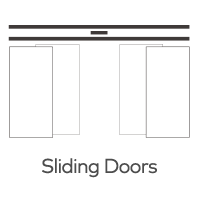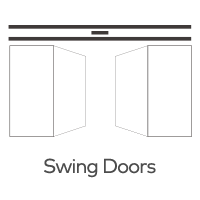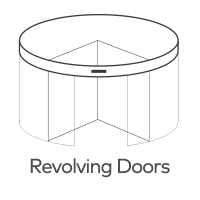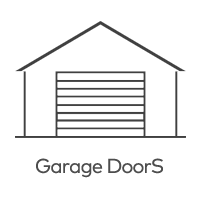Do these sensors have any maintenance requirements, and how often should they be serviced?
Sensors are ubiquitous in modern technology, from industrial settings to smart home applications. While these sensors provide essential data and functionality, they are not maintenance-free. Regular maintenance is crucial to ensure their accuracy, reliability, and longevity. In this article, we will explore the maintenance requirements for automatic door sensors and provide guidance on how often they should be serviced.

Types of Sensors and Their Maintenance Needs
1. Environmental Sensors:
Temperature Sensors: Temperature sensors, often found in HVAC systems and industrial processes, should be periodically calibrated to ensure accuracy. Depending on the application, calibration may be required annually or biannually.
Humidity Sensors: Humidity sensors, used in environmental monitoring and climate control, may also need calibration at regular intervals, typically every 6 to 12 months.
Pressure Sensors: Pressure sensors, commonly used in manufacturing and automotive applications, should be inspected and calibrated annually, but the frequency may vary depending on the precision requirements.
2. Motion Sensors:
Infrared (IR) Sensors: IR motion sensors, used for security and automation, generally require little maintenance. However, occasional cleaning to remove dust and dirt can prevent false triggers.
Ultrasonic Sensors: Ultrasonic motion sensors used in automation and occupancy detection may need cleaning every few months to ensure optimal performance.
3. Gas Sensors:
Carbon Monoxide (CO) Sensors: CO sensors in residential and industrial settings should be calibrated every 6 to 12 months to ensure accurate detection.
Gas Leak Detectors: Gas leak detectors require regular checks and calibrations, with the frequency varying based on the application, but every 6 to 12 months is a common guideline.
4. Proximity Sensors:
Inductive Sensors: Inductive proximity sensors used in manufacturing and automation should undergo regular inspections and cleaning, typically every 3 to 6 months.
Capacitive Sensors: Capacitive proximity sensors may require maintenance every 6 to 12 months, with cleaning and calibration as needed.
Factors Influencing Maintenance Frequency
Several factors can influence the frequency of sensor maintenance:
1. Environment: Sensors in harsh or dirty environments, such as manufacturing facilities, may require more frequent maintenance due to exposure to contaminants.
2. Criticality: Sensors critical to safety or essential operations should be serviced more often to minimize the risk of failures.
3. Manufacturer Recommendations: Manufacturers often provide guidelines on maintenance schedules, and it's advisable to follow their recommendations.
4. Performance Monitoring: Regular performance checks can help identify the need for maintenance. If a sensor's performance deviates from expected levels, it should be serviced promptly.
5. Regulatory Requirements: Some industries, such as healthcare and aviation, have specific regulations that dictate sensor maintenance schedules.
Conclusion
Sensors are integral to a wide range of applications, and their proper maintenance is essential to ensure they perform accurately and reliably. The frequency of sensor maintenance varies based on the type of sensor, its application, environmental conditions, and manufacturer recommendations. Regular maintenance not only extends the lifespan of sensors but also ensures their continued accuracy, which is crucial in various industries, from manufacturing to healthcare. By adhering to maintenance schedules and performing routine checks, users can maximize the benefits and functionality of their sensor systems while minimizing the risk of failures.







